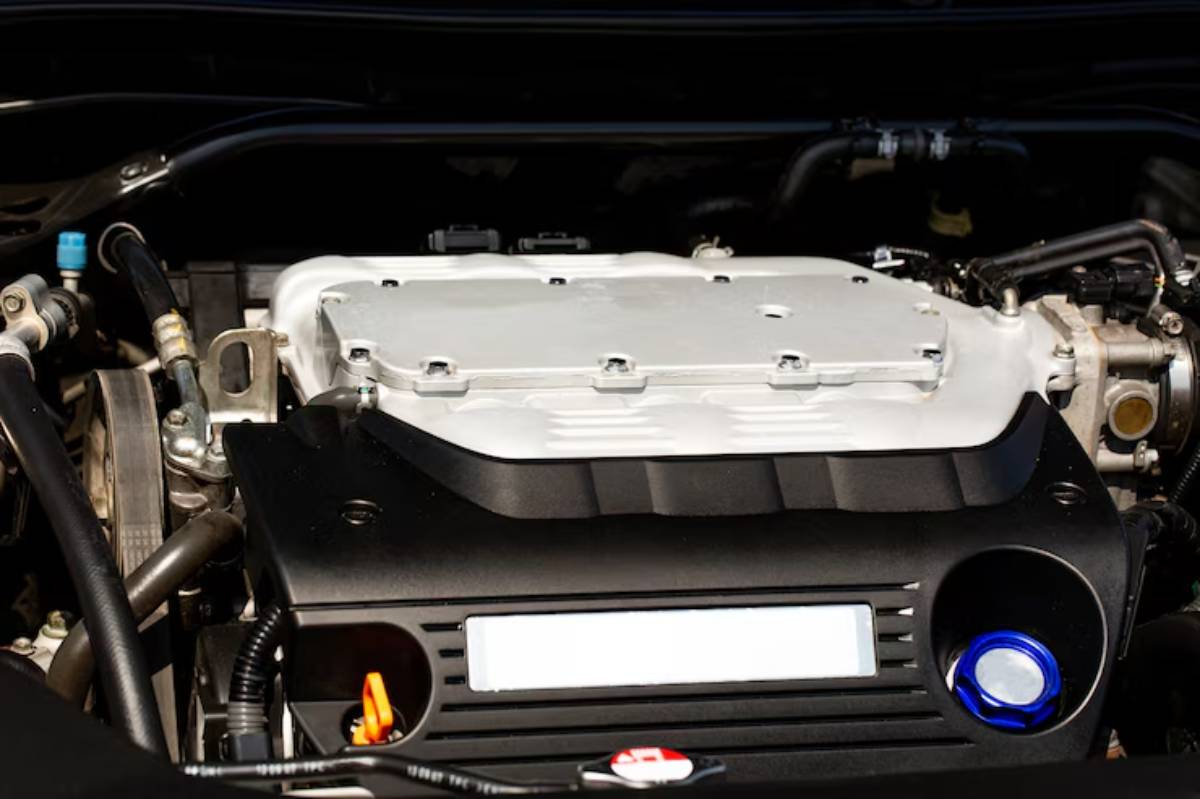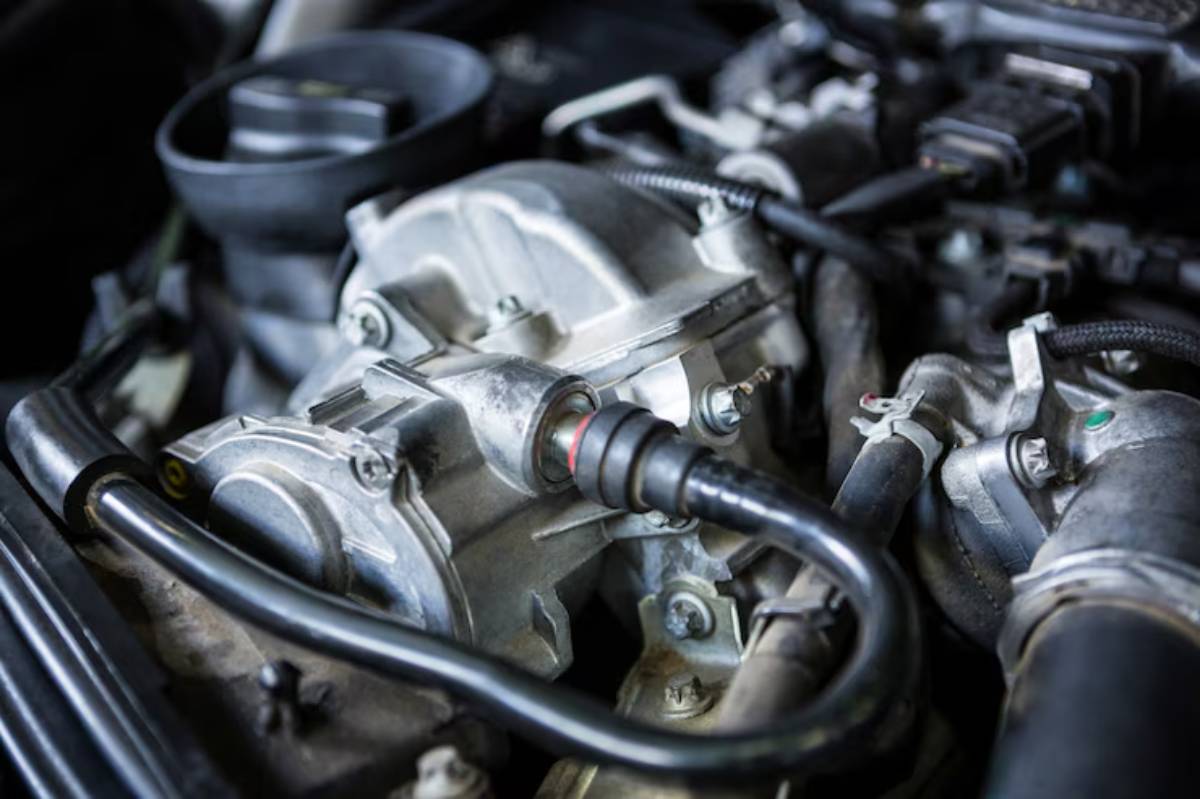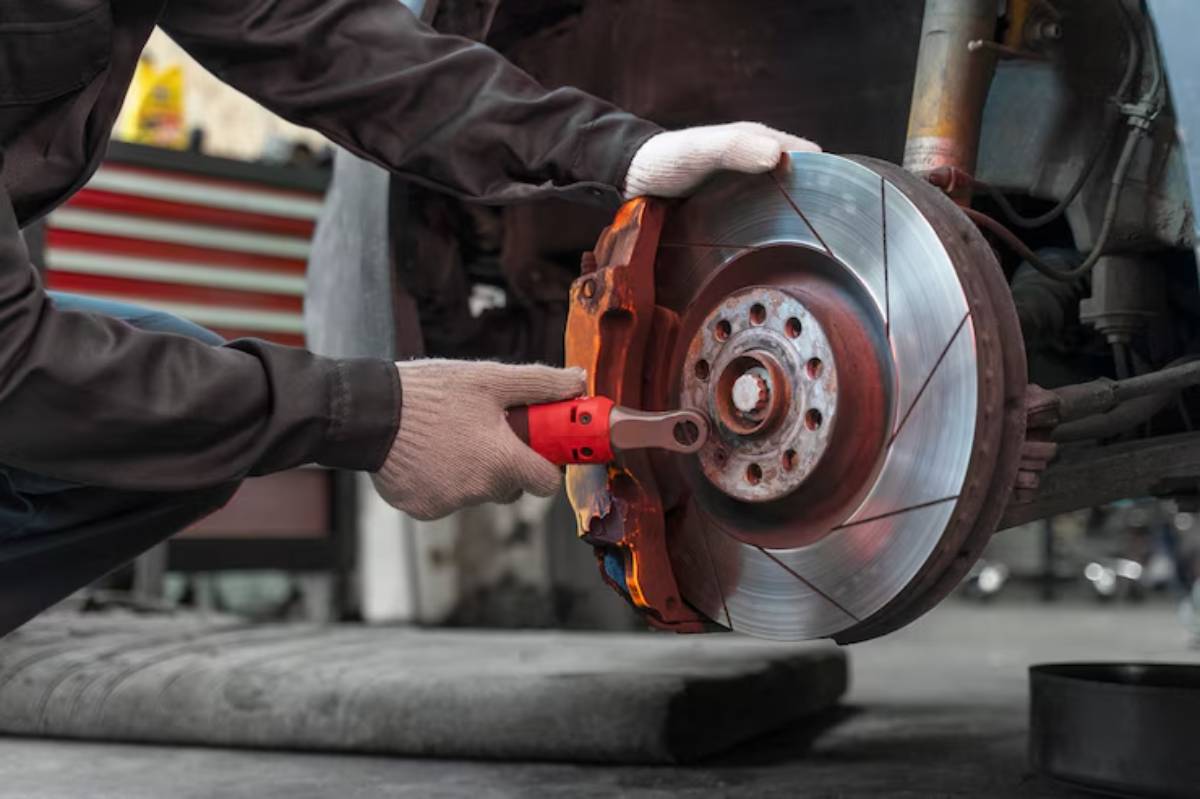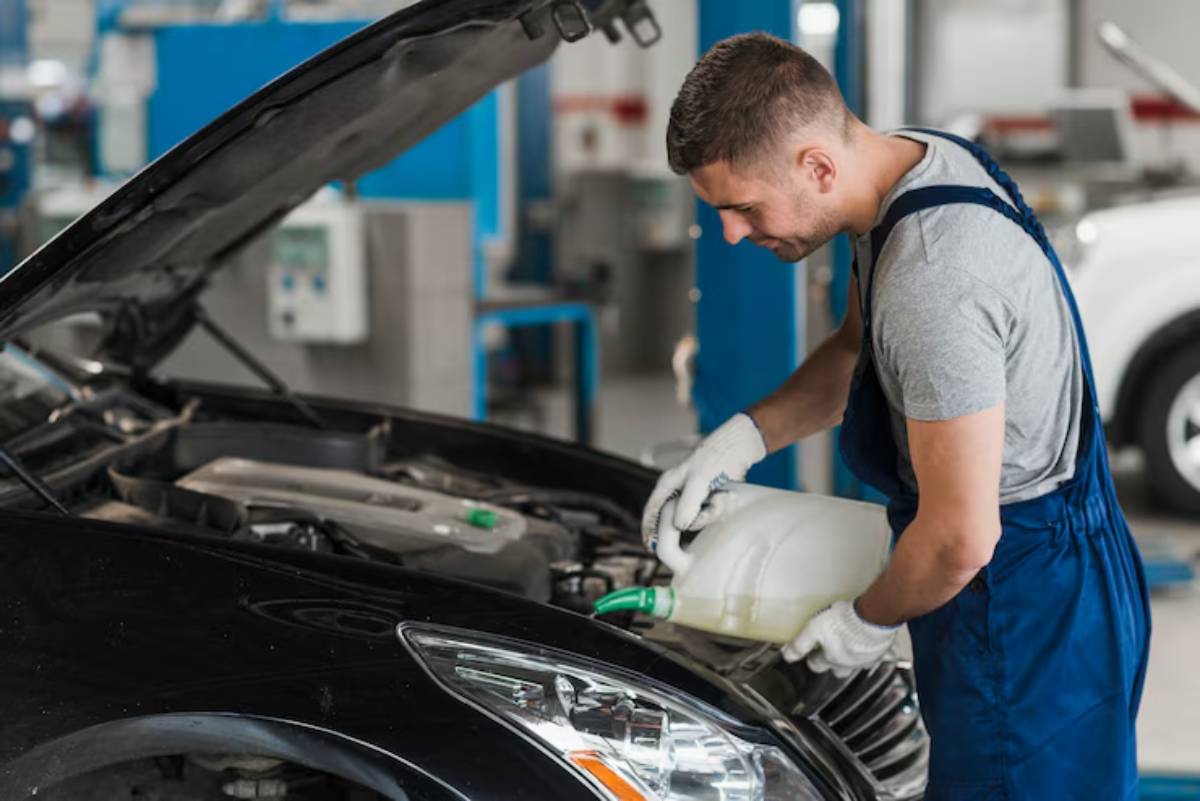
Understanding HVAC Systems in Hybrid Cars
When most people think about hybrid cars, they focus on fuel economy, emissions, or battery life. But there’s another component quietly working behind the scenes to keep you comfortable all year round — the HVAC system.
The HVAC (Heating, Ventilation, and Air Conditioning) setup in a hybrid car is far more complex than in traditional vehicles. Why? Because it needs to work seamlessly with both the internal combustion engine (ICE) and the electric motor, sometimes operating when the engine is completely off.
Understanding how your hybrid’s HVAC system works — and how to maintain it — not only keeps you comfortable but also protects the vehicle’s energy efficiency and electrical integrity.
In this guide, we’ll explore everything you need to know about hybrid HVAC systems, how they differ from standard setups, common issues to watch for, and how to keep yours in peak condition — whether you’re blasting cold air on a summer road trip or defogging your windscreen on a rainy morning.
What Makes Hybrid HVAC Systems Unique?
Electric vs Engine-Powered HVAC
In traditional petrol or diesel cars, the HVAC system largely relies on the running engine to:
- Power the air conditioning compressor
- Drive the water pump for heating
- Keep the blower motor working through the alternator
But in hybrids, that’s not always possible. When your car is idling or running purely on battery power, the engine isn’t on — yet you still expect a warm cabin or cool breeze.
Key Differences in Hybrid HVAC Systems
- Electric AC Compressors: Many hybrids use electric compressors that don’t rely on a serpentine belt, allowing the air conditioning to function even when the engine is off.
- High-Voltage Operation: Hybrid HVAC systems often use a high-voltage battery, which powers components like the compressor and electric water pump.
- Heat Pump Systems: Some plug-in hybrids (PHEVs) use heat pumps to maximise efficiency in heating and cooling.
- Energy Management: HVAC systems in hybrids are more strategically controlled to preserve battery charge and improve fuel economy.
How Your Hybrid HVAC System Works
Cooling the Cabin

Here’s a simplified flow of how your AC system in a hybrid typically works:
- The electric compressor compresses refrigerant using energy from the high-voltage battery.
- Refrigerant travels through the condenser and evaporator, where it absorbs heat.
- Cool air is pushed through the ventilation system into the cabin.
Because the process doesn’t depend on the engine running, you can enjoy a consistently cool interior even in stop-start traffic or EV mode.
Heating the Cabin
Heating works differently. Traditionally, it uses the engine’s waste heat. In hybrids:
- If the engine is running, it can still supply that heat.
- In electric-only mode or PHEVs, a PTC (Positive Temperature Coefficient) heater or heat pump may be used instead.
These electric heaters warm the cabin without needing the combustion engine, though they draw significantly from the battery.
Energy-Efficient Climate Control: A Balancing Act
The HVAC system is one of the most energy-intensive components in a hybrid. Running it carelessly can drain your battery faster and reduce fuel economy.
How Hybrids Optimise HVAC Energy Use
- Eco HVAC Modes: Some hybrids offer “Eco” settings that reduce fan speed or temperature to conserve energy.
- Cabin Preconditioning: Plug-in hybrids allow you to preheat or precool the car while it’s still plugged in — saving battery power for the drive.
- Smart Sensors: Interior humidity and sunlight sensors adjust the system automatically to improve efficiency.
Tip: Use seat warmers and steering wheel heaters instead of cranking the heater — they use far less energy!
Common HVAC Issues in Hybrid Cars
Even with clever tech, things can go wrong. Here are some common HVAC issues specific to hybrids:
1. AC Not Blowing Cold Air

Likely causes:
- Low refrigerant (may be due to a leak)
- Faulty electric compressor
- Sensor or control system errors
Unlike in traditional cars, fixing a hybrid’s AC may involve dealing with high-voltage circuits, so it’s best left to a qualified technician.
2. Weak or No Heat
This could stem from:
- Faulty electric heater (PTC unit)
- Air pockets in the coolant loop
- Low engine coolant levels
- Thermostat issues
Because hybrid heater systems may rely on both coolant and electric heating, diagnosis can be trickier than expected.
3. HVAC Blower Not Working
This might be as simple as a blown fuse or a faulty blower motor, but it can also relate to:
- High-voltage inverter issues
- Control module malfunctions
4. Odd Smells or Noisy Operation
Foul smells often mean a dirty cabin air filter or mould in the evaporator core, while clicking or grinding noises could be a sign of:
- Failing blower fan
- Debris stuck in vents
For guidance on keeping your air clean, read our guide on best-cabin-air-filters-for-hybrid-vehicles.
Maintaining Your Hybrid’s HVAC System
1. Replace the Cabin Air Filter Regularly
Dirty filters reduce airflow and increase strain on the blower motor. Change it every 12–15,000 miles or annually.
2. Check the Coolant
Some hybrid HVAC systems use engine coolant for heating. Ensure coolant levels are correct and clean.
3. Use the System Year-Round
Running the air con in winter helps keep seals lubricated and prevents mildew. Likewise, using the heater occasionally in summer ensures electric components remain functional.
4. Schedule Professional Inspections
Hybrid AC systems contain high-voltage components, so DIY repairs aren’t recommended unless you’re qualified. A yearly inspection helps catch issues early.
5. Precondition: When Plugged In
For plug-in hybrids, warm or cool the car while it’s charging. This preserves battery range and ensures a pleasant cabin the moment you get in.
For more all-season tips, check out maintaining-climate-control-in-hybrids.
The Role of HVAC in Hybrid Battery Health
Did you know your HVAC system can affect your battery’s performance?
How?
- Thermal Management Systems: Some hybrids route cabin air over the battery to regulate its temperature.
- Inverter Cooling: Air conditioning refrigerant may also cool down the power electronics or battery.
Neglecting HVAC maintenance could cause the system to overwork, stressing the hybrid battery and reducing its lifespan.
Troubleshooting Tips for Drivers

If you suspect an HVAC problem in your hybrid, try this simple checklist before calling your garage:
- Is the AC or the heat weak? Check settings, filters, and whether you’re in Eco mode.
- Is the fan not working? Try different fan speeds and listen for noise.
- Unusual smells? Run the heater at full blast for 5 minutes to clear the moisture.
- No cabin heat, but the engine is warm? Coolant might be low, or trapped air could be blocking the flow.
If problems persist, it’s time to visit a hybrid-certified technician.
Conclusion: Keep Your Comfort and Efficiency in Harmony
Your hybrid’s HVAC system does a lot more than just keep you warm or cool. It’s a finely tuned part of the vehicle’s ecosystem — one that impacts comfort, efficiency, and even battery longevity.
By understanding how your electric HVAC system works, staying on top of simple maintenance, and addressing issues early, you’ll keep your car running smoothly while staying comfortable in any weather.
Don’t wait for fogged-up windows or weak AC to tell you something’s wrong. Stay proactive, stay cool (or warm), and make the most of what your hybrid has to offer.
Enjoyed this guide?
Subscribe to our updates for more practical hybrid ownership tips, and share this article with fellow hybrid drivers who might be unaware of their HVAC systems.


